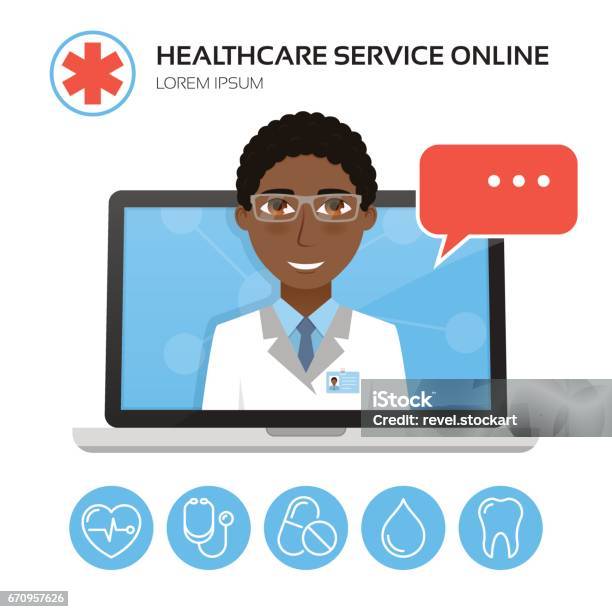The Influence of Subscription Based Healthcare on Typical Clinical Practices
The Influence of Subscription Based Healthcare on Typical Clinical Practices
Blog Article
Comprehending the Cost-Effectiveness of Subscription-Based Healthcare Designs
As the healthcare landscape develops, subscription-based designs emerge as a compelling alternative, promising to redefine how individuals manage medical expenses. Evaluating these models' cost-effectiveness demands a nuanced contrast with typical insurance policy, taking into consideration both economic effects and individual fulfillment.
Introduction of Subscription-Based Designs
Subscription-based healthcare models, sometimes described as direct health care or attendant medication, are progressively acquiring attention as a possible remedy to ineffectiveness within conventional healthcare systems. These versions run on the principle of offering patients straight access to healthcare providers via a regular monthly or annual fee, bypassing the demand for conventional insurance devices. This arrangement intends to enhance patient-provider interactions by minimizing administrative worries, which commonly hinder prompt and customized treatment.
At the core of subscription-based designs is the focus on a much more tailored individual experience. Patients benefit from boosted access to their medical professionals, typically consisting of same-day or next-day consultations, extended examination times, and direct interaction networks such as phone or video clip telephone calls. This version fosters a positive approach to healthcare, where patients and companies can collaboratively focus on preventative care and chronic disease monitoring.

Price Contrast With Typical Insurance Policy

One of the main monetary benefits of registration models is transparency in costs. People pay a foreseeable fee, which can simplify budgeting and monetary preparation. Additionally, these models normally remove co-pays and deductibles for protected solutions, lowering out-of-pocket costs. On the other hand, traditional insurance coverage might be a lot more advantageous for people calling for specialized care or pricey treatments not covered under a registration version, as they take advantage of the more comprehensive insurance coverage network and cost-sharing mechanisms.
Nevertheless, cost-effectiveness is context-dependent. While subscription versions could supply financial savings for those mainly requiring medical care, individuals with persistent conditions or specialized health care requirements could discover traditional insurance much more detailed. Evaluating details medical care requirements and possible use is essential in figuring out the most affordable choice for people.
Effect on Client Contentment
Patient satisfaction within subscription-based healthcare designs typically shows a significant improvement over traditional insurance systems. Unlike typical systems, where people may experience delays in receiving treatment, subscription-based versions make sure more direct and prompt communications with medical care suppliers.
Additionally, the transparency in prices linked with subscription-based health care reduces the usual stress associated with unexpected costs and complicated billing procedures seen in standard insurance (subscription based healthcare). Patients value knowing the specific monetary dedication upfront, causing increased trust fund and self-confidence in their healthcare monitoring
Furthermore, the focus on precautionary treatment and wellness in registration designs adds to improved wellness outcomes, additionally improving patient contentment. By concentrating on recurring health upkeep instead of episodic treatment, patients experience a more all natural and continuous healthcare trip.
Furthermore, the improved provider-patient partnership fostered in these models, identified by even more time spent per individual and personalized attention, plays a vital role in elevating individual contentment levels, as clients really feel truly cared for and comprehended.
Carrier Experiences and point of views
From the supplier's point of view, subscription-based medical care models provide a transformative technique to providing clinical solutions. These versions stress a proactive and preventative healthcare strategy, allowing companies to concentrate on detailed individual treatment without the restrictions of standard fee-for-service plans (subscription based healthcare). This shift in focus typically leads to enhanced client results and enhanced service provider complete satisfaction, as health care professionals can allocate more time and sources to person involvement and customized care plans
Moreover, registration models assist in predictable earnings streams, which improve financial security for medical care suppliers. This predictability permits boosted resource preparation and appropriation, adding to a much more efficient medical care distribution system. Suppliers can purchase staff training, modern technology, and facilities enhancements, thereby boosting the quality of treatment provided.
Nevertheless, the shift to subscription-based versions is not without challenges. In spite of these obstacles, several service providers discover that the advantages of raised patient interaction and streamlined procedures surpass the first difficulties, making subscription-based versions an eye-catching alternative.
Future Prospects and Challenges

A main challenge is governing conformity, as membership models must stick to progressing healthcare plans and insurance coverage demands. This necessitates continual adjustment and development to ensure placement with legal standards. In addition, integrating these models right into existing health care infrastructures can be intricate, needing significant financial investments in technology and training.
There is additionally the prospective danger of creating injustices in healthcare access, as subscription models could favor those who can afford them, leaving vulnerable populaces underserved. Addressing this requires thoughtful factor to consider of prices strategies and aid systems to ensure inclusivity.
Conclusion
Subscription-based healthcare versions offer a practical choice to conventional insurance by offering financial predictability and openness, especially profiting people with chronic problems or frequent health care needs. The cost-effectiveness of these versions is contingent upon go now specific health care usage patterns and circumstances. While they might boost client fulfillment and enhance budgeting, obstacles remain in her explanation attending to specialized treatment needs. Future considerations consist of stabilizing comprehensive coverage with cost and incorporating these versions within the more comprehensive healthcare system for ideal results.
Subscription-based medical care designs, often referred to as straight main care or concierge medicine, are increasingly gaining attention as a potential remedy to inadequacies within typical medical care systems. Unlike conventional systems, where clients might experience delays in obtaining treatment, subscription-based designs guarantee more straight and prompt communications with medical care providers.
These versions highlight a preventative and proactive medical care approach, enabling service providers to focus on thorough individual care without the restraints of standard fee-for-service plans. As these models proceed to acquire grip, they use the potential to change individual access to care, simplify service distribution, and enhance healthcare costs.Subscription-based healthcare versions present a sensible option to typical insurance coverage by offering monetary predictability and transparency, especially profiting individuals with persistent conditions or regular healthcare requirements.
Report this page